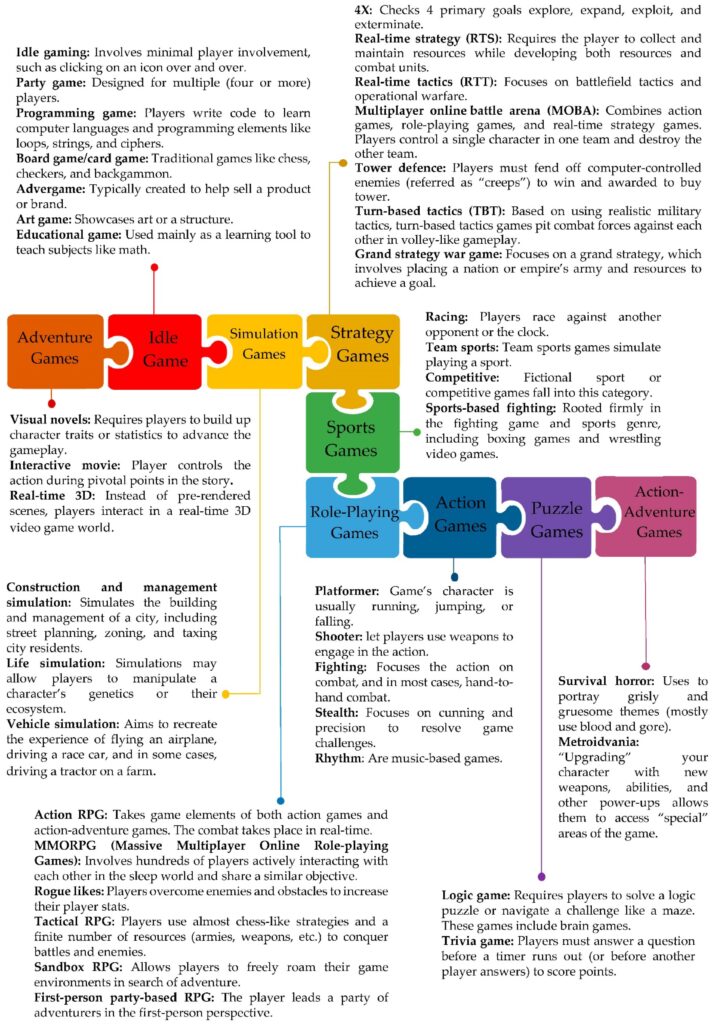City simulation games have grown in popularity in recent years due to their realistic experience and complexity, as well as advancements in technology and growing interest in urban planning and sustainability. These games have also created new revenue streams for developers in the form of online subscriptions and microtransactions, and have opened up opportunities for educational games teaching about urban planning and management. In addition, the social and community building aspect of these games has contributed to their popularity. As cities continue to face new challenges, such as climate change, the popularity of city simulation games is expected to continue to grow.
The Rise of City Simulation Games: An Analysis
In recent years, we have witnessed a surge in popularity of city simulation games. These games, which allow players to build and manage their own cities, have become increasingly popular as they offer an opportunity to explore the complexities of urban planning and management. This rise in popularity can be attributed to several factors. In this article, we will explore the reasons behind the rise of city simulation games and the impact they have had on the gaming industry.
Increasing Demand for Realistic Simulations
One of the primary reasons behind the rise of city simulation games is the increasing demand for realistic simulations in the gaming industry. Players are seeking games that can provide them with a realistic experience, and city simulation games offer just that. These games allow players to experience what it’s like to be a city planner, managing traffic, public services, and budgets. They also provide a platform for players to experiment with different strategies for managing a city, which adds an extra layer of complexity to the gameplay.
Advancements in Technology
Advancements in technology have also played a significant role in the rise of city simulation games. With the increasing power of computers and consoles, game developers are now able to create more complex and detailed game worlds, which has allowed them to create more realistic city simulation games. Advances in graphics and computer processing power have also made it possible for developers to create more intricate city models, allowing players a more immersive experience.
Growing Interest in Urban Planning and Sustainability
Another factor contributing to the popularity of city simulation games is the growing interest in urban planning and sustainability. As cities face challenges related to climate change, population growth, and political instability, more and more people are concerned about the future of cities. City simulation games offer a way to explore these issues and experiment with different solutions. Many of these games incorporate environmental elements, challenging players to make decisions that will impact the environment and the city’s residents.
Social and Community Building Aspects
City simulation games also provide a social and community building aspect that many players enjoy. These games often feature online multiplayer modes, allowing players to build and manage a city with friends and other players from around the world. This creates a social experience, where players can share insights, collaborate on strategies and compete against each other. This community building aspect is one of the key reasons why city simulation games continue to grow in popularity.
Impact on the Gaming Industry
The rise of city simulation games has had a significant impact on the gaming industry. These games have caused a shift in the traditional model of game development, with many developers moving away from single-player games and towards multiplayer options. This has created new revenue streams for developers in the form of online subscriptions and microtransactions. Additionally, the popularity of city simulation games has also opened up new opportunities for educational games, using the gameplay mechanics to teach players about urban planning and management.
Conclusion
In conclusion, the rise of city simulation games can be attributed to several factors, including increasing demand for realistic simulations, advancements in technology, growing interest in urban planning and sustainability, and social and community building aspects. The impact of these games on the gaming industry has been significant, shifting the focus towards multiplayer options and creating new opportunities for educational games. As cities continue to face new challenges in the 21st century, the popularity of city simulation games is likely to continue to grow.
